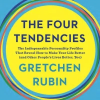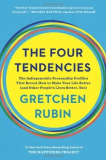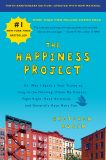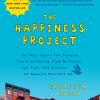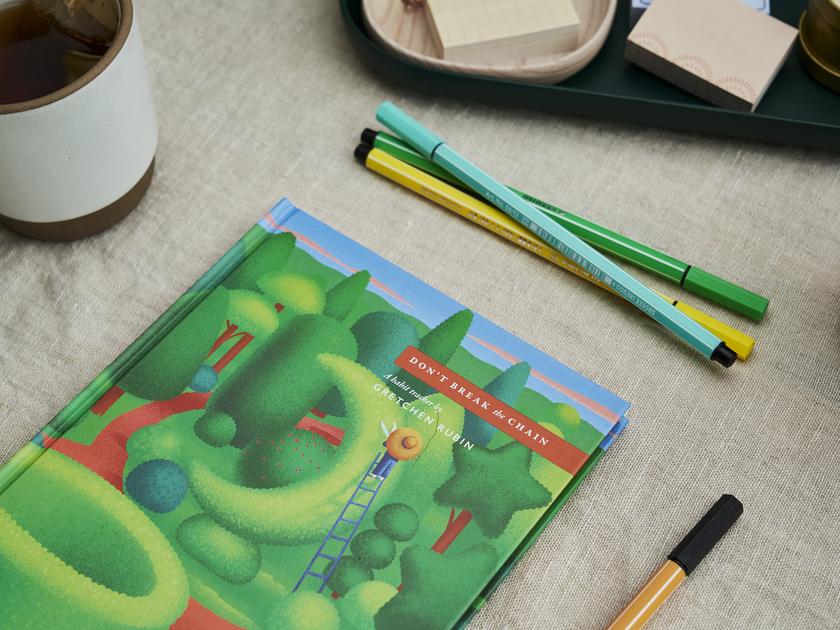In my long study of habits, I’ve been struck by the fact that to master our habits, no single tool works for everyone.
For instance, some people love a to-do list; some resist a to-do list. But while no tool works for everyone, some tools are very widely effective for many people.
One popular tool? A “don’t-break-the-chain” tracker. For many people, the desire to keep a chain going is very powerful. We get on a streak, and we really don’t want to break that streak.
When we’re trying to create a good habit, starting is hard, and starting again is harder. So, if there’s a habit we don’t want to break, we should try never to stop. As William James emphasized in Psychology: Briefer Course:
In the acquisition of a new habit, or the leaving off of an old one, we must take care to launch ourselves with as strong and decided an initiative as possible…Never suffer an exception to occur till the new habit is securely rooted in your life. Each lapse is like the letting fall of a ball of string which one is carefully winding up; a single slip undoes more than a great many turns will wind again.
Keeping a don’t-break-the-chain tracker is a way to avoid those “single slips.”
It can be a nuisance to maintain this record, however. I’ve tried drawing a chart in a blank notebook or printing out a PDF for each month, but those solutions were messy and disorganized.
So, to make it more convenient and more pleasant to track a “chain,” I’ve created…the Don’t Break the Chain Habit Tracker.
In this tracker, I incorporate several features to help people master their habits. It includes:
- a place to identify the specific, concrete habit that you’re trying to measure, and to clarify exactly why and how you’re cultivating that habit
- a place to check off every day in a month, to record whether you did or didn’t do the habit
- a place to identify which of the 21 Strategies for Habit Change you plan to use to help you stick to the habit
- gold-star stickers to celebrate milestones
- “pass” stickers if you want mindfully to give yourself a day off
- a place to record observations, insights, and accomplishments—for instance, if you’re tracking the habit of “Read 21 minutes each day,” in the Notes section, you could record the titles of book you’ve finished, or note that you’re finding it easier to read print books than e-books
- a place to record information “If useful,” such as the titles of books you want to read, hikes that you’d like to explore, etc.
- a grid to help you visualize your habit patterns in a different way
This tracker isn’t a mere utilitarian tool; it’s beautiful because it’s meant to be a keepsake. A don’t-break-the-chain tracker makes a wonderful record of the daily efforts we’ve made to be happier, healthier, more productive, or more creative.



Also, the Don’t Break the Chain Habit Tracker is designed to be useful for the Four Tendencies personality framework; each Tendency can use the tracker in the way that suits that Tendency.
Don’t know your Tendency—whether you’re an Upholder, Questioner, Obliger, or Rebel? Take the quiz here (more than 3.5 million people have taken it!).
The tracker suits each Tendency:
Upholders respond to outer and inner expectations. For them, it’s helpful to articulate clearly the nature of those expectations. They also tend to love to check off boxes and to get a gold star. This tracker makes that easy.
Questioners tend to love to track and monitor, and they demand clarity. They’re also very interested in spotting patterns as well as opportunities for customization and optimization. This tracker provides many ways to monitor and use that information.
Obligers respond to outer accountability. This tracker helps some Obligers feel like they need to report to their tracker itself; or they think about how their future self will feel about the tracker being completed—or not; or they show the tracker to someone else, to check their progress.
Rebels respond to choice, freedom, and identity. This tracker can help them challenge themselves to a big aim (Rebels often love a challenge!) and to maintain the habits that are crucial to a key identity, such as “athletic,” “artistic,” “health-minded,” or “loving.” (Note: some Rebels would not enjoy this kind of tracker!)
Sometimes, when we’re trying to form a habit, we search for a loophole to give ourselves an excuse to skip. There are ten categories of loopholes! One common loophole is the “One-Coin Loophole“—“What difference does it make if I break my habit this one time?” For people who often invoke this always-applicable loophole, the tracker highlights the value of maintaining a habit day after day.
As the enormously productive writer Anthony Trollope observed in his Autobiography (Amazon, Bookshop), “A small daily task, if it be really daily, will beat the labours of a spasmodic Hercules.”
To create the Don’t Break the Chain Habit Tracker, I worked with the brilliant minds on The Happiness Project team: Anne Mercogliano, Emy Joyeux, Lindsay Logan, and Hannah Wilson, with illustrations by Ana Miminoshvili.
Have you used the don’t-break-the-chain approach in the past? Was it useful?

